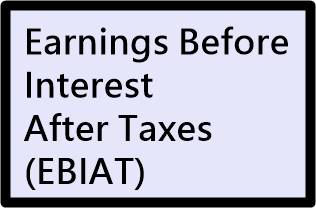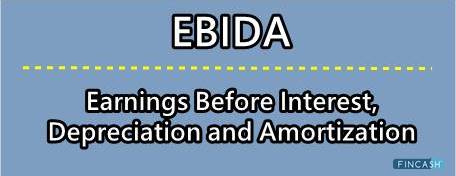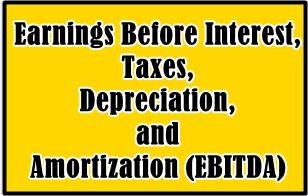
Table of Contents
What is Times Interest Earned (TIE)?
The Times Interest Earned (TIE) ratio is a key financial metric that measures a company's ability to generate enough Income to cover its interest payments. The higher the ratio, the more capable the company is of meeting its interest payments. A company with a TIE of less than 1 is said to have difficulty meeting its interest payments, and a company with a TIE of less than 1 is considered "insolvent."
Why does the TIE ratio matter?
This ratio is important because it can give investors and creditors an idea of how well a company is able to meet its financial obligations. A high ratio indicates that a company is generating more income than it is paying in interest, while a low ratio indicates that the company is not generating enough income to cover its interest payments. TIE is also an important ratio for management because it is used to assess the company's Financial Risk.
Talk to our investment specialist
How to Calculate TIE?
The TIE is calculated by dividing Earnings Before Interest and Taxes (EBIT) by the total interest expense for the period. It can be written as follow:
TIE Ratio = EBIT/ Total interest expense
- Earnings Before Interest & Taxes (EBIT) tells you how much profit a company has realised without taking into account interest or taxes
- Interest expense, on the other hand, is the periodic cost that a company pays to its creditors
The TIE ratio is a useful tool for assessing a company's financial health and its ability to service its debt.
Times Interest Earned (TIE) Vs. Times Interest Paid (TIP)
There is a common misconception that Times Interest Earned (TIE) and Times Interest Paid (TIP) are one and the same. However, they are actually quite different.
- TIE is a measure of a company's ability to pay its debt obligations, while TIP is a measure of a company's ability to pay the interest on its debt obligations
- TIE is calculated by dividing a company's EBIT by its interest expenses. TIP, on the other hand, is calculated by dividing a company's EBIT by its total debt obligations.
What is a Good TIE?
A ratio of 3.0 or higher is generally considered to be a good indicator of a company’s competency to fulfil interest payments.
Problems with TIE
Amidst all the good assessments, there are a few problems with using the TIE ratio as a measure of a company's financial health, such as:
- It only looks at a company's ability to pay its interest expenses and does not take into account other important expenses, such as operating or Capital Expenditures
- The ratio does not consider a company's cash flow or its ability to generate future earnings
- It is based on historical data and does not take into account a company's future prospects
The Bottom Line
The TIE ratio is just one of many solvency ratios that can be used to assess a company's financial health. However, it is an important ratio to consider when making an investment or lending decision.
All efforts have been made to ensure the information provided here is accurate. However, no guarantees are made regarding correctness of data. Please verify with scheme information document before making any investment.












